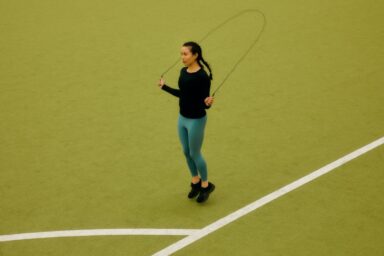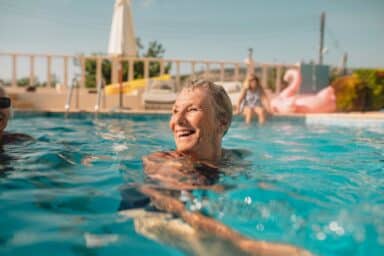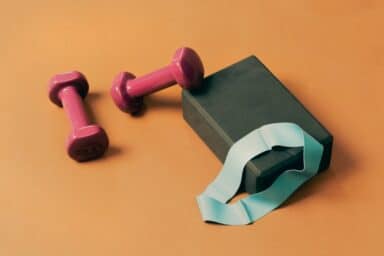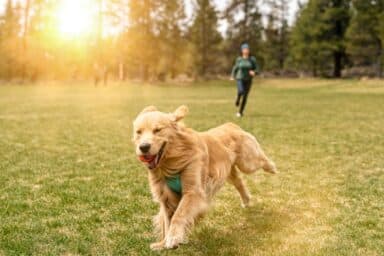How to Start Exercising and Stick to It
How to make exercise a part of your everyday life

Exercise isn’t just good for your body, it’s great for mental health. Whatever your age, health limitations, or fitness levels, you can find ways to be more active. Even small steps can add up to more energy, less stress, and better mood.
View FAQs
How to make exercise a part of your everyday life

The exercise prescription for depression, anxiety, stress, and more

A guide to getting started and developing a balanced plan

Tips for building a fitness plan, and finding the best exercises for you

How to reap the health benefits of walking

Even when your schedule changes, you can stay physically fit

No matter your age, it’s never too late to get started

Chair exercises and fitness tips for people with injuries or disabilities

Here’s how walking with your pooch can benefit you as well
